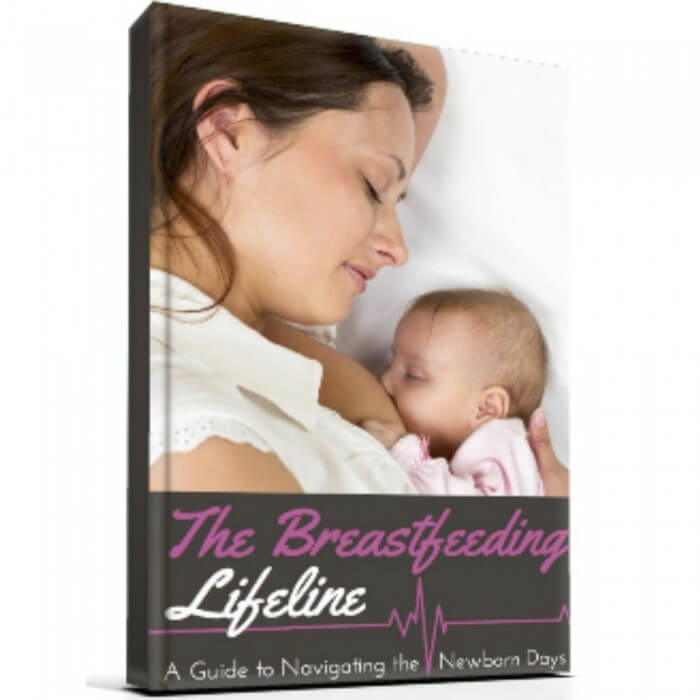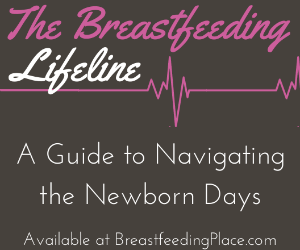In our post, “Foods to Avoid While Breastfeeding,” we discussed some common triggers for a colicky baby. If your baby is fussy or has a reaction after nursing please check out that post to learn more about common threats to a breastfeeding relationship and how to keep a food journal.
Breastfeeding and thrush is its own kind of special situation. Thrush is essentially a yeast infection on and around your nipples and inside the baby’s mouth. There is a yeast naturally found in your body called candida, but it can cause problems when the yeast grows out of control.

Thrush can be a beast (I call it the “yeast beast”) and hard to get rid of. If your child has issues while nursing or you are experiencing pain, you could have thrush. There are several ways to treat thrush at home, but each thrush case is more successful by changing the diet as well. Let’s take a deeper look into what makes the Yeast Beast tick.
How do I know if we have thrush?

Candida overgrowth can happen easily to someone with a weakened immune system. Babies are prone to thrush because the immune system is not fully developed. Pregnancy hormones can cause an overgrowth of yeast, leaving a new mom susceptible to infection. Generally speaking your body has good bacteria to keep the candida in check, but if you’re given antibiotics during or after childbirth, thrush can easily form. Diabetics can also easily get thrush because high blood sugar levels promote the growth of thrush.
If mom is infected, so is the baby and vice versa. Because your nipples and the baby’s mouth will often come in contact with one another, you both may have symptoms. However, you both do not have to have symptoms to both be diagnosed with thrush. Below is a generalized list of common symptoms to help you determine if thrush is the culprit of your discomfort.
- White patches on the inside of the baby’s mouth that look “chunky”—when wiped with a cloth, the patches remain.
- Nipples are pink, shiny, and/or flaky.
- Baby makes a clicking noise while nursing because he is unable to comfortably suck.
- Fussing or nursing at the breast, pain, or discomfort for the baby during a feeding session.
- A burning sensation during let down or immediately after nursing.
- A severe diaper rash with lots of redness and bumps.
I had thrush with both babies. It started with a poor latch which led to cracked nipples. The cracked nipples invited in bacteria throwing off my body’s balance which led to an overgrowth of candida. Be aware of how your breastfeeding relationship begins and seek advice on things such as latch issues and cracked nipples. Doing so may help prevent problems before they start.
How do I treat thrush?

If you catch thrush early enough it can be very easy to treat at home. In more serious cases a antifungal prescription may be required in addition to the methods below in order to fully restore the balance of yeast in your body. Yeast can multiply very quickly, so it is wise to continue treatment up to two weeks after you think you’ve cured yourself and your baby.
- Buy a probiotic. You want at least 7 million cultures of acidopholus and friends per capsule. Make sure you buy the kind that has to be refrigerated as it is more “alive” and stronger at fighting yeast. You should take this 3 times a day. You can also bust open a capsule, put the powder on your finger and apply directly to the baby’s tongue.
- Pick your poison. Both grapefruit seed extract and garlic supplements are natural antifungal treatments for yeast overgrowth. Because thrush has become very resistant recently, change up your antifungal routine every two weeks.
- Wipe the baby’s mouth. You can use grapefruit seed extract in liquid form (dilute to 10-15 drops per ounce of water) after each feeding. You can also use gentian violet on both the baby and your nipples for up to a week.
- Wash your nipples. You can use the grapefruit seed extract (diluted) as a nipple wash or a healthy mixture of white vinegar and water. Do this after each feeding. (I prefer the vinegar for really irritated nipples… it has a nice cooling effect.)

Breastfeeding and Thrush: Change Your Diet
If you catch the Yeast Beast during the early stages of his invasion, you can do wonders to battle him by simply adding the probiotic to your routine and changing how you eat. Even in severe cases, taking away some thriving food that promotes yeast growth can help your body fight off the infection.
Foods to avoid while breastfeeding with thrush include:
- anything with yeast in it – bread, beer, etc.,
- processed grains and pasta,
- sugary foods such as pastries and artificial sweeteners,
- fruit (the natural sugars are bad when dealing with thrush),
- and dairy.
Yogurt might be an exception to the dairy rule if you buy the right kind. Make sure to look for the yogurt with Lactobacillus acidophilus and other beneficial bacterial microorganisms.
Foods you should eat include artichokes, asparagus, avocado, beans, broccoli, brussels sprouts, cabbage, celery, cucumbers, eggplant, garlic (raw), green peppers, kale, lettuce, olives, onion, radishes, parsley, peas, spinach, tomatoes, and zucchini. You can find awesome recipes in books like Healing Candida with Food that are not only delicious but good for you as well. Most of these foods are common culprits to gas in infants though, so be sure to keep a food journal and watch your babies for signs of food sensitivity.
Have you ever had thrush? What did you do to treat it?






I’ve tried a few products to increase my low milk supply since having my baby and “Healthy Nursing Tea’ seems to work best. It’s not going to make you all of a sudden overflow with milk but I do see an increase in my supply which is great since I’m now back at work full time.
That’s great! I’m glad you found a product that helps!